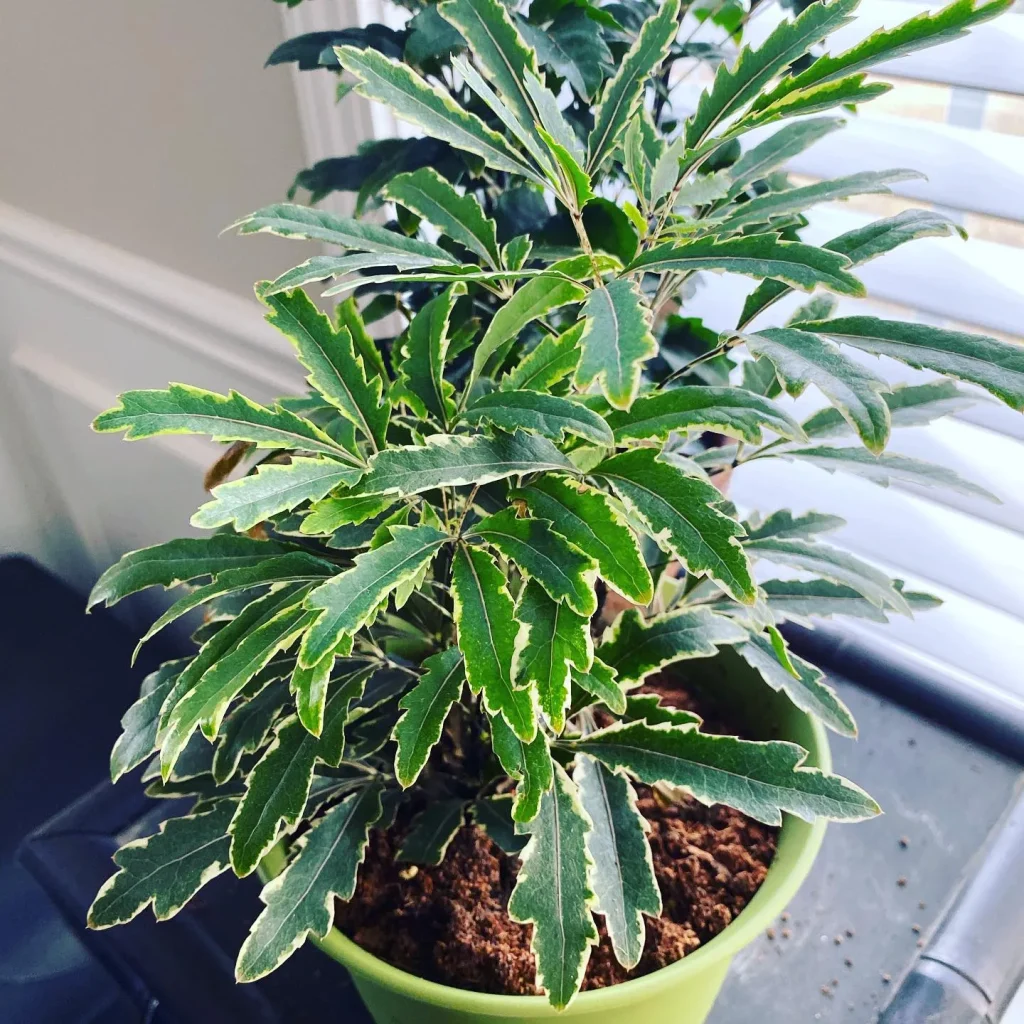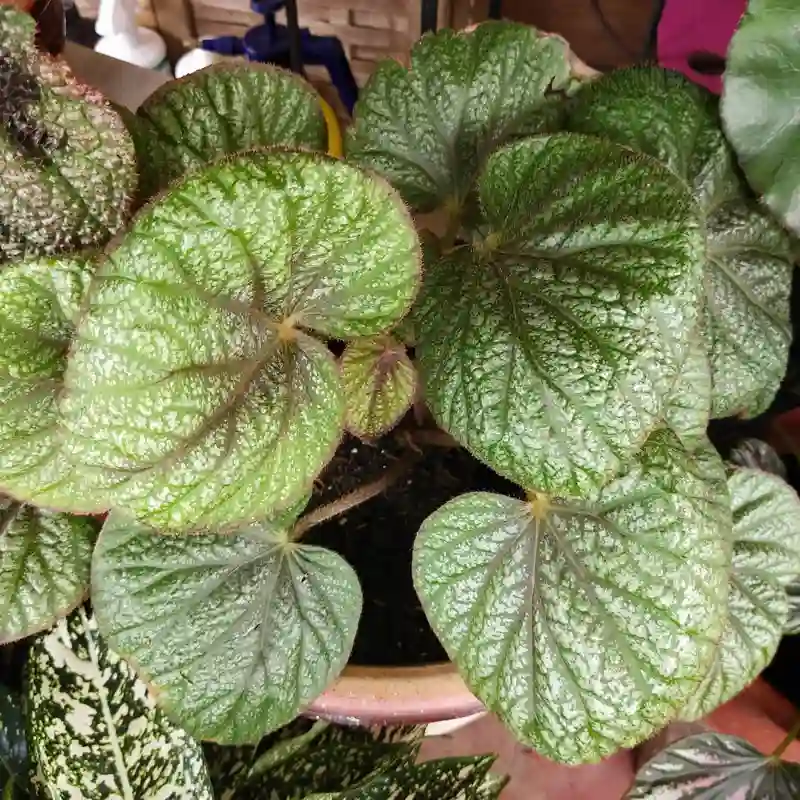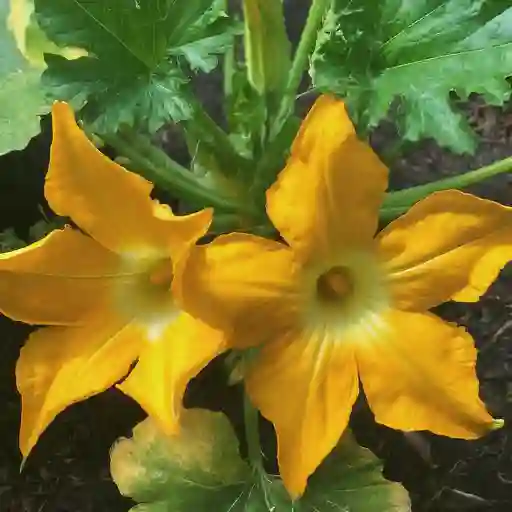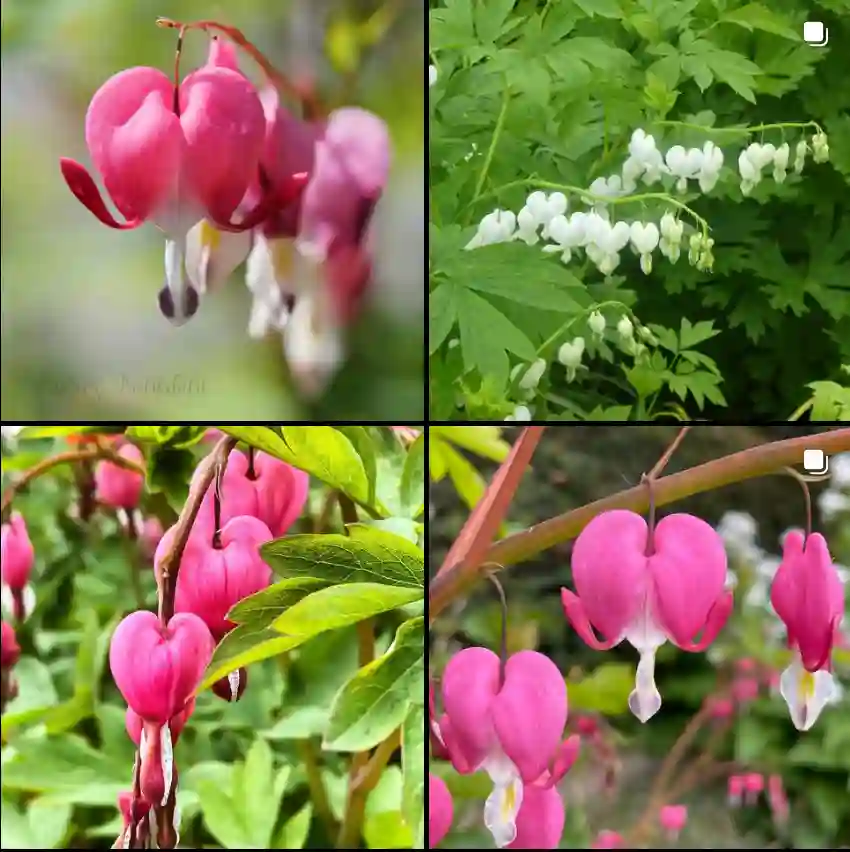
What is Muntingia calabura?
Hello! I’m Ferb Vu, and today I want to share with you my fascination with Muntingia calabura, also known as the Jamaican cherry, Panama berry, or Singapore cherry. This tropical tree is a true gem, known for its sweet, small fruits that resemble miniature cherries. Native to the tropical regions of the Americas, Muntingia calabura has spread to many parts of the world, becoming a beloved fruit in many cultures.
The tree itself is quite versatile and hardy, growing up to 10-12 meters tall. Its leaves are long and lance-shaped, with a slightly serrated edge, and its flowers are small, white, and delicate, giving way to the delightful fruits. The fruits are typically red when ripe, although some varieties produce yellow or orange fruits. They are not only delicious but also packed with nutrients, making them a healthy treat.
How to Grow Muntingia calabura from Seeds?
Growing Muntingia calabura from seeds is a rewarding experience, albeit requiring some patience and care. Here’s a step-by-step guide on how to do it:
- Seed Collection: First, obtain seeds from ripe Muntingia calabura fruits. You can purchase them from a trusted supplier or harvest them from fresh fruits. If you’re harvesting, ensure the fruits are fully ripe to get viable seeds.
- Seed Preparation: Clean the seeds by washing them to remove any fruit pulp. This helps prevent mold and promotes better germination.
- Soil and Potting: Use a well-draining potting mix, preferably one rich in organic matter. Fill small pots or seed trays with this mix, ensuring good drainage.
- Sowing Seeds: Scatter the seeds evenly over the soil surface and lightly cover them with a thin layer of soil. The seeds are tiny, so avoid burying them too deep.
- Watering and Care: Water the seeds gently to keep the soil moist but not waterlogged. Place the pots in a warm, sunny location. Muntingia calabura thrives in temperatures between 20-30°C (68-86°F).
- Germination: Seeds usually germinate within a few weeks. Once the seedlings are large enough to handle, transplant them into larger pots or directly into the ground in a sunny, well-drained spot.
Does Muntingia calabura Grow in Zone 7b?
Muntingia calabura is a tropical tree and thrives best in USDA zones 10-11. Unfortunately, it does not fare well in zone 7b, which experiences colder temperatures than the tree can tolerate. Muntingia calabura is sensitive to frost and prolonged cold, which can severely damage or kill the tree. However, if you live in zone 7b and still want to enjoy this tree, you can try growing it in a large container and move it indoors during the colder months, ensuring it gets plenty of light and warmth.
What Eats Muntingia calabura Fruit?
Muntingia calabura fruits are a favorite among many creatures, including birds, bats, and various insects. Birds, especially, are attracted to the sweet, juicy fruits and often help in dispersing the seeds. In tropical regions, you might also find monkeys and other small mammals feasting on the fruits. For gardeners, this means the tree not only provides delicious fruits for humans but also supports local wildlife, promoting biodiversity.
Where to Buy Muntingia calabura Tree?
Finding a Muntingia calabura tree to buy can be a bit of a challenge, depending on where you live. However, several online nurseries specialize in tropical and exotic plants and offer Muntingia calabura saplings and seeds. Some reputable sources include:
- Local Nurseries: Check with nurseries that specialize in tropical plants. They may have Muntingia calabura in stock or can order it for you.
- Online Plant Retailers: Websites like Etsy, Amazon, and specialized tropical plant nurseries often carry Muntingia calabura.
- Botanical Gardens: Sometimes, botanical gardens have plant sales or can direct you to local suppliers.
When purchasing, ensure the seller is reputable and that the plants or seeds are healthy and viable. It’s always a good idea to read reviews and ask for advice from other gardeners who have successfully grown the tree.
How to Care for Muntingia calabura?
Once you have your Muntingia calabura tree, caring for it is relatively straightforward. The tree is hardy and requires minimal maintenance. Here are some tips to ensure it thrives:
- Sunlight: Muntingia calabura loves full sun, so plant it in a spot where it receives at least 6-8 hours of direct sunlight daily.
- Watering: While the tree is drought-tolerant, regular watering helps it produce more fruits. Water it deeply once or twice a week, depending on the climate.
- Soil: It prefers well-draining soil rich in organic matter. Avoid heavy clay soils that retain water.
- Pruning: Prune the tree regularly to remove dead or diseased branches and to maintain its shape. This also encourages better fruit production.
- Fertilization: Feed the tree with a balanced fertilizer during the growing season to promote healthy growth and fruiting.
Growing Muntingia calabura is a delightful experience, offering not only delicious fruits but also the joy of cultivating a beautiful and beneficial tree. Whether you’re an experienced gardener or a novice, this tropical gem is sure to bring a touch of the exotic to your garden.
If i die, water my plants!



